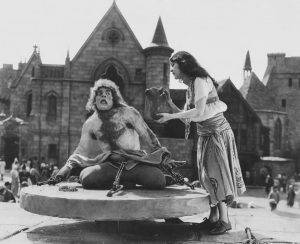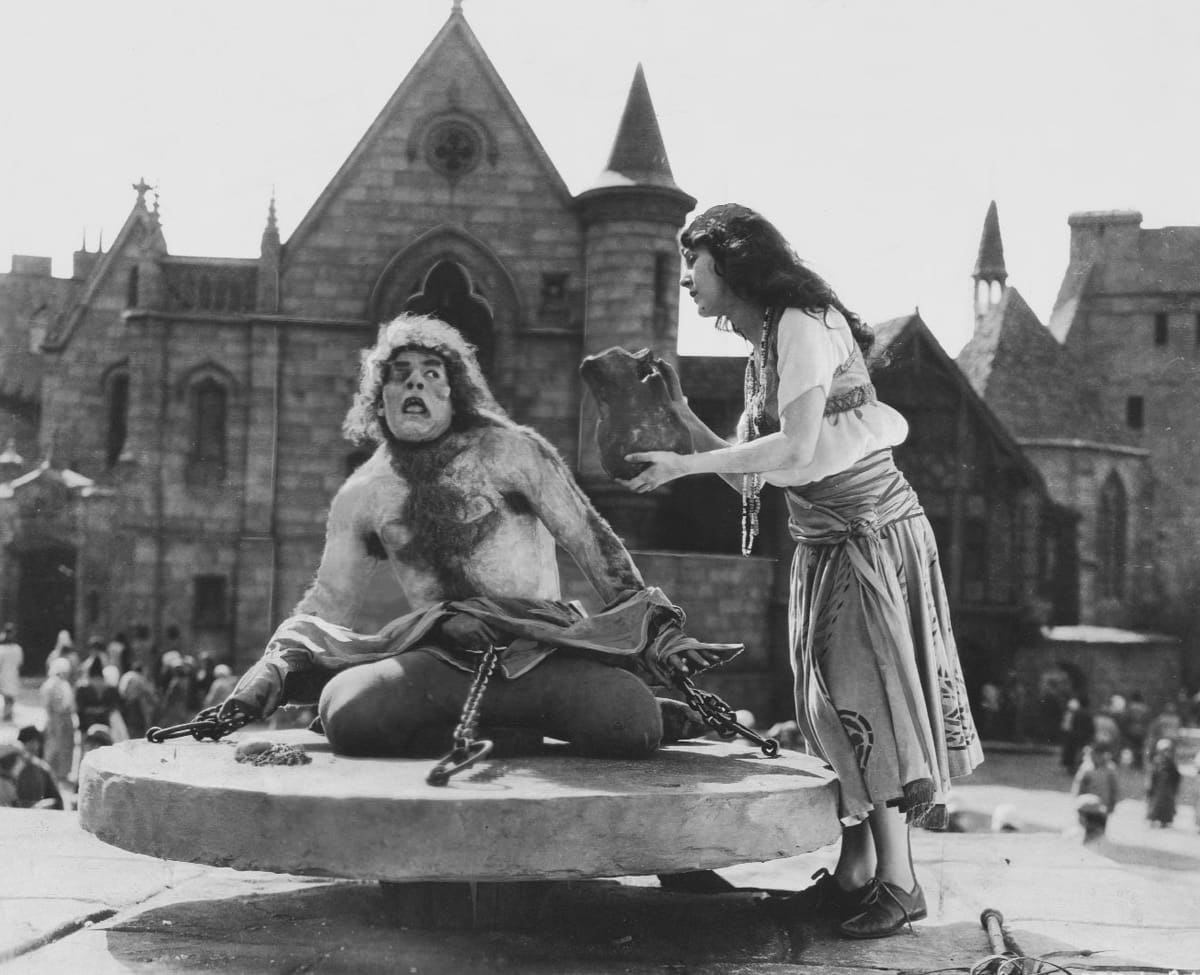
Many faithful are familiar with Laetare Sunday, so named for the Entrance Antiphon, or Introit, at Mass for the Fourth Sunday of Lent: Lætare Jerusalem: et conventum facite omnes qui diligitis eam…, “Rejoice, Jerusalem, and all who love her….” Advent has the similarly well-known Guadete Sunday from its proper Entrance Antiphon, Gaudete in Domino semper, “Rejoice in the Lord always” sung (sic!) at the beginning of the Third Sunday of Advent.
But fewer Catholics may be aware that the Second Sunday of Easter also bears a proper name from its Introit: “Like newborn infants, you must long for the pure, spiritual milk, that in him you may grow to salvation, alleluia,” Quasi modo geniti infantes….
It was on this Second Sunday of Easter, Quasimodo Sunday, that Notre Dame’s most famous—and tragic—child of French fiction first made his appearance at the cathedral’s doorstep as the main character of Victor Hugo’s early 19th century masterpiece The Hunchback of Notre Dame. In the novel, the luckless Quasimodo, deformed at birth, is despised by the people of Paris; and yet the archdeacon who discovers the hideous child on the morning of that Second Sunday of Easter provides this foundling a new name—and a new life—as the bell ringer at the heart of Our Lady’s Cathedral where he demonstrates that honor and nobility can reside within even the most disturbing appearances.
Hugo’s grotesque yet noble Quasimodo seems an especially fitting figure to consider after the April 15 fire at Notre Dame Cathedral. Catholics, Parisians, Frenchmen, and anyone appreciative of Western civilization are rightly saddened by how extensively the fire had damaged this marvelous building. Notre Dame Cathedral signifies beauty, culture, history, identity, and for Catholics everywhere, it symbolizes Jesus, perhaps like no other Catholic church in Europe. Its history of faithfulness and inspiring architecture epitomize in many ways the True Temple of which you and I and all the baptized are living stones.
By God’s grace there was no loss of life resulting from this accident; nonetheless, much of the Western world is heartsore to see how Notre Dame Cathedral’s actual stones, timbers, and windows have suffered by this ordeal. For, like the hunchback, whose name is ever associated with this majestic structure, today, Notre Dame lies in smoking ruins, disfigured—though (like Quasimodo) perhaps not beyond repair.
May Notre Dame Cathedral rise to new life out of the ashes “like a newborn infant” in all its purity and vigor!
Quasimodo and his Mother Church also rightly represent Catholics and our Mother Church. Even while she is immaculate in her holiness, the Church often seems deformed by the soot and blot of her sinful sons and daughters (as too many news stories over this past year have shown). The walls of Christ’s Church (likened to a vine) have been “broken down,” “ravaged,” and “burnt with fire” as the psalmist sings in Psalm 80. The radiantly beautiful Heavenly City to come—which is itself a Temple—is, in the words of Pope Benedict XVI, “still under construction.” While the Chief Architect (Hebrews 11:10) builds the Church on the foundations of apostles and saints, and caps it with Christ himself (Ephesians 2:20), it remains for the baptized to be chiseled, shaped, and fit into the body of the Church.
May all the baptized and their clergy “like newborn infants” raise a new Temple out of our razed ruins!
When Lent began so many weeks ago, we humans were marked with ashes and reminded that we are dust, and unto dust we shall return. So be it. But our end isn’t simply a return to our earthly beginnings. For “from the dust he lifts up the lowly, from the ash heap he raises the poor, to set them in the company of princes, yes, with the princes of his people” (Psalm 113:7-8). Let us pray that Notre Dame—our Mother, and Mother of the Church—bring up newborn infants worthy of her Son’s Church.


